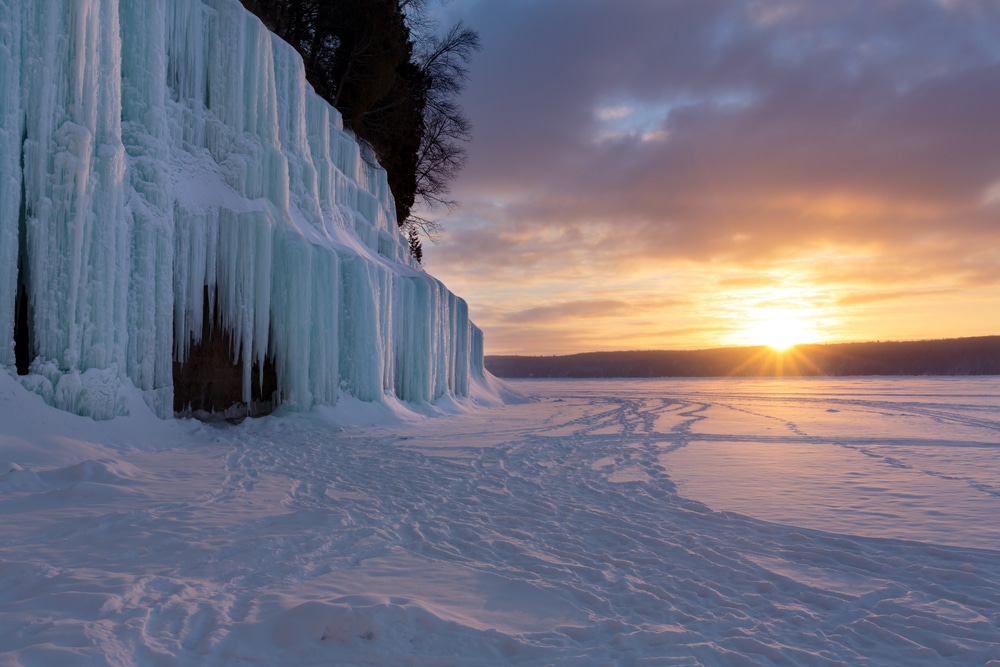The Great Lakes had the smallest amount of ice cover this New Year’s Day in at least the past 50 years and are on track to see less than the seasonal average this winter, according to government data. The decline comes during a five-decade drop in ice cover that experts say is due in part to human-caused climate change.
“It’s an extreme number,” said James Kessler, a physical scientist at the National Oceanic and Atmospheric Administration’s Great Lakes Environmental Research Laboratory (GLERL).
“That said, it is early in the season, and there is year-to-year variability. But on average, we are seeing less ice cover and shorter seasons.”
On the first of the year, only 0.35 percent of the Great Lakes was under ice, below the roughly 9 percent that on average at this point in the winter, according to data from GLERL. On New Year’s Day 2023, more than 4 percent of the Great Lakes was covered in ice, while 2.35 percent was covered in ice on Jan. 1, 2022.
Kessler cautioned that while Monday’s low is remarkable, one-day lows are not as statistically significant as month-long lows. He added that maximum ice cover, or the point in the winter with the highest percentage of the Great Lakes with ice coverage, usually occurs in February and March, and that January is early in the season. (In 2023, the Great Lakes’ ice cover hit a record mid-February low.)
Still, the drops are expected to continue as the earth keeps warming, with implications across industries and environments. Robust ice cover protects lake shorelines from high waves that can bring severe flooding and damage the coastline, according to Kessler.
Some microorganisms use the ice as a safe haven to spawn and lay eggs. A lack of ice coverage can lead to more severe snow storms because an unfrozen lake is a prerequisite for “lake effect” snow.
It also has effects on the multibillion-dollar commercial shipping industry, which can benefit from a longer shipping season with less ice. But less ice can reduce tourism to towns on the lakes’ coasts that might rely on ice fishing competitions or ice hockey on the frozen lakes to attract visitors.
The North American Ice Service in December forecast that all five Great Lakes — Superior, Michigan, Huron, Erie and Ontario — would have below-average ice cover this season.
The lakes had above-average temperatures in December and are expected to record similarly warmer-than-normal temperatures in January. The five-decade decline in ice cover can be measured in various ways, Kessler said.










